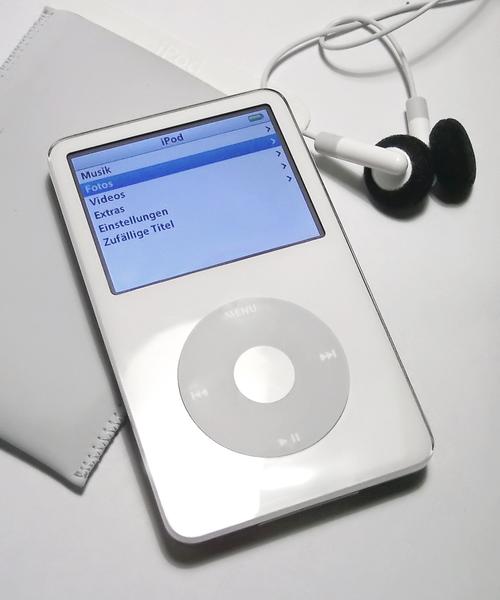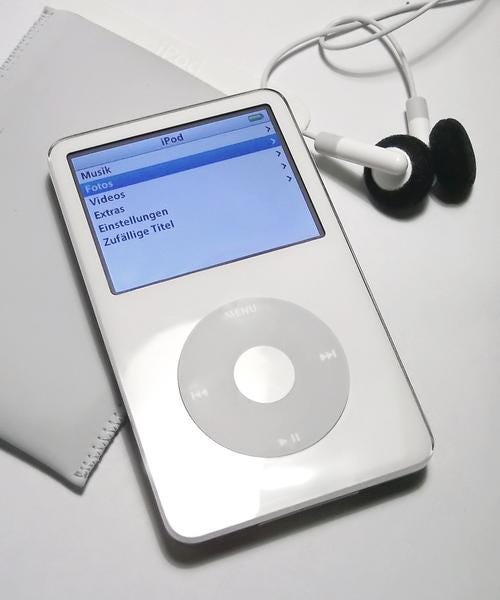The End of Throwing It Over the Wall
May 8, 2015

Henry Ford's assembly line was a great success in his quest to make all he could sell. The assembly line was also crucial to the World War II effort of producing mass quantities of equipment that helped the Allies win the war.
However, assembly-line thinking has leaked into our ideas about education and, ultimately, how we work together (or not) as designers and engineers.
What happened to holistic approaches to product development?
I am not suggesting that we go back to the days of the workshop where the artist and the craftsman worked side by side, but we do need to get beyond the idea of specializing in one function and pushing a product design down the line to the next colleague.

Specialization is important, and each of us is made with specific talents, but we should not specialize at the expense of the recognition that each function is part of the whole.
Inventing something, designing it, engineering it, and manufacturing it -- all four go together as a whole.
Assembly-line thinking has contributed to the schism between designers (artists) and engineers (craftsmen). It arose from several issues, but misunderstanding is a primary component of the problem -- from both sides of the equation.
MORE FROM DESIGN NEWS: New Design Apps For a New World
The first part is that many engineers fall into the thinking that because they see themselves as the people who actually figure out the device, how it works, and how to make it, the only task left is simply designing how it looks. They may see a designer as someone who just makes stuff look nice (read: not that important).
The second part is that many designers believe if the product doesn't have a great look and feel, even while meeting the users' qualitative needs, no one will buy it. They tend to fall into the thinking that all engineers do is simply figure out how to tolerance together the little pieces and parts and make sure that the product operates (read: not as critical as usability).
But the reality is both great design and intelligent engineering are hugely important for product success. Holistic thinking benefits product development across the board.
MORE FROM DESIGN NEWS: All Engineers Need to Understand Electronics
A clumsy and unattractive product, no matter how well it's engineered, will not be purchased en masse. But build a product that has a great look, feel, and usability -- and is brilliantly engineered -- now that is bringing value to the market (think Apple).
At our company, designers learn the basic concepts of engineering; figure out how mechanisms work, how forces apply to different materials, how motion works; get familiar with heat transfers; and more. Engineers learn the basics of ergonomics, behavioral sciences, industrial design, and human factors.
I believe that when we stop pigeonholing each other, we can get down to the serious business of creating truly great products.
And our educational institutions should take heed.
I still get people coming out of college who are laser-focused on only one aspect of the four important product development areas. If a more holistic approach were taken at the educational level, it would help eliminate assembly-line thinking and the tendency to throw stuff over the wall to the next guy.
Just think if each discipline considered the other while they were building their ideas ...
We would stop assembly-line mentality in its tracks and start working together. The result would be products that not only work well but also appeal to human beings.
Tom Kramer is passionate about making ideas become reality. You can find him either at Kablooe Design, helping his customers develop the latest and greatest products, or speaking at various industry events on innovation and optimizing the product development process.
Atlantic Design & Manufacturing,the largest advanced design and manufacturing trade show serving the Northeastern US, delivers thousands of senior level design and manufacturing professionals who are looking for new ideas, innovations, and solutions. A Design News event, Atlantic Design & Manufacturing will take place in New York, June 9-11, 2015. It’s your chance to meet qualified suppliers, get hands-on with the latest technologies, and expand your network. Learn more here.
About the Author(s)
You May Also Like



